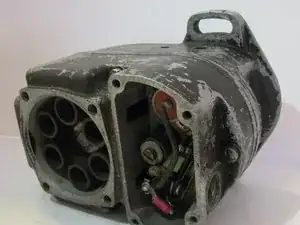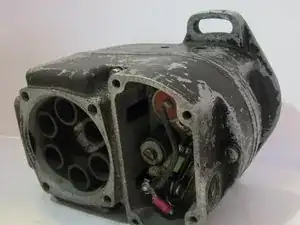Background and Identification
An aircraft is a vehicle that flies by gaining support (lift) from the air. Aircraft counter the forces of gravity and drag by using either static or dynamic lift (which comes from airfoils or wings), as well as the downward thrust from engines in larger aircraft. Aircraft include airplanes, helicopters, airships (blimps), gliders, paramotors, hot air balloons, and unmanned aerial vehicles (drones). Aircraft can be classified by lift type, usage, size, and other criteria.
When the Wright brothers made their flying machine, it was made of numerous bicycle parts and big wings. Since then not much has changed, except a few things about jet propulsion, structural rigidity, and aerodynamics. Even the Wright brothers’ flying machine included complex systems for control, power, lift, and landing. Aircraft systems today include flight controls, landing gears, electrical systems, hydraulics, avionics, navigation, cooling systems, safety systems, and an array of instruments.
Each aircraft system includes a variety of components. In the United States, aircraft parts are approved by the Federal Aviation Administration under Federal Aviation Regulation Part 21. Some aircraft parts can be repaired using various re-manufactured processes such as machining, welding, and plating. For repair processes that are not specifically described by the manufacturer, guidance and techniques are described in Advisory Circular 43. 13-1B.

